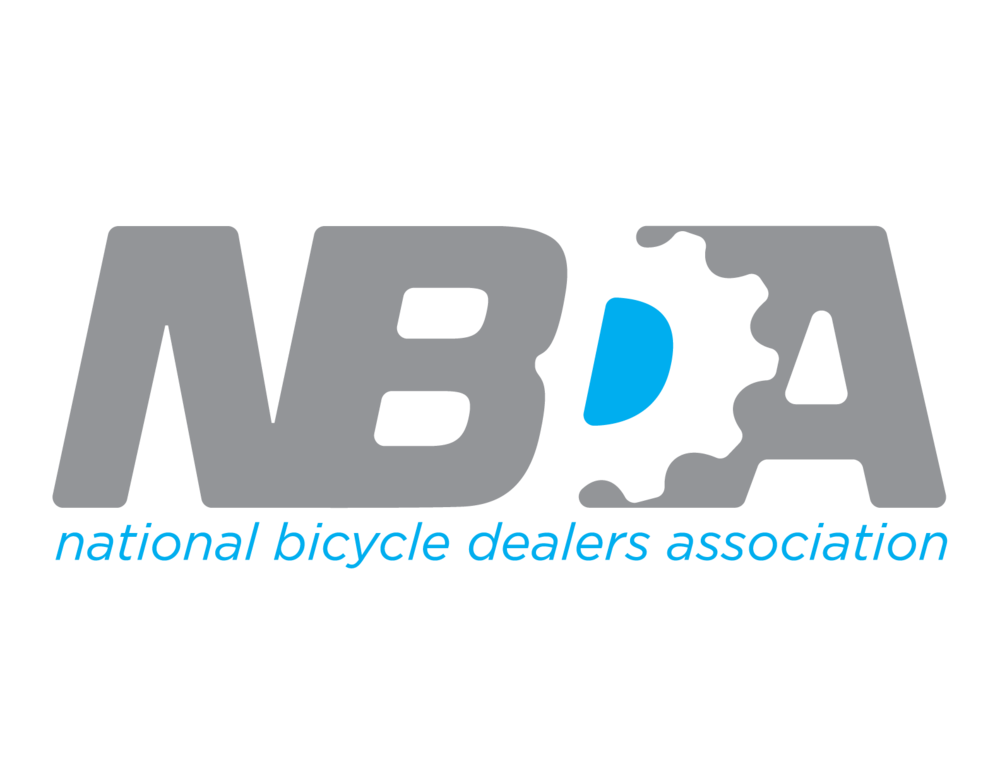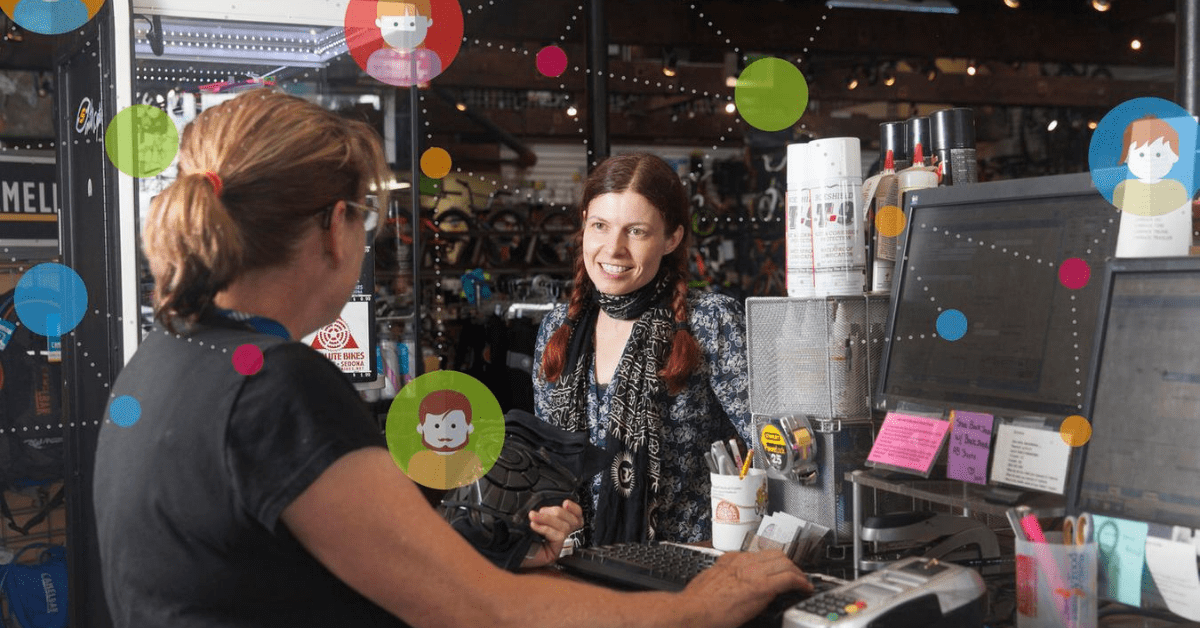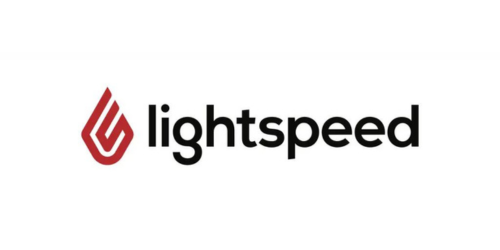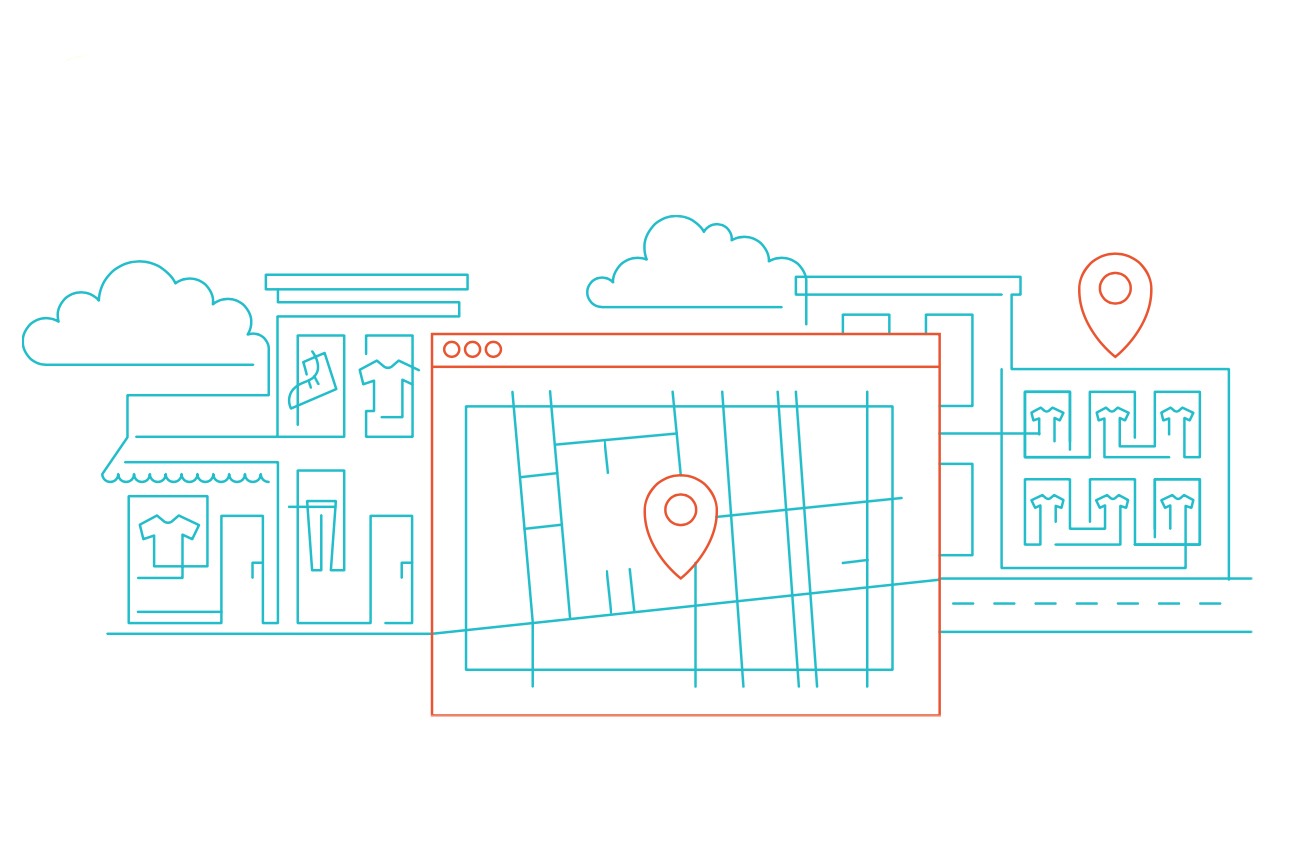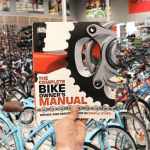Need to Know: Start Collecting Customer Data NOW
Loyalty marketing can dramatically boost revenues, but only with a clear picture of your customers
Words by Ryan Atkinson
What would it mean to your business if a quarter of your customers spent $50 more with you every year? It could be huge, right? For a $1M bike shop with 1,500 shoppers in a year, that would mean an extra $20,000 in sales.
One of the best ways to get more sales from shoppers is to get them into the store more often, and the best way to do that is through marketing. But effective loyalty marketing requires accurate customer data.
Picture this: A customer walks into your bike shop to purchase a new floor pump. You ring up the sale, say thank you and send that customer on his or her merry way. End of the transaction, right?
If you feel uncomfortable asking for customer contact information, you’re not alone. It’s hard for owners to be rejected by customers, and particularly hard to train seasonal employees.
But collecting contact information from your customers can provide tremendous opportunities for generating additional revenue, and the more details you gather, the greater that opportunity becomes.
Let’s take a look at the types of customer data you can and should be collecting, and how you can turn that information into bigger profits for your store.
Why Collect Customer Contact Info?
The overarching goal of collecting customer data is to turn one-time transactions into repeat sales. Drilling down a little, it’s about getting to know your customers better and understanding not just what they’re buying, but when, why, and how often. You can then use this information to tailor your approach to marketing and improve customer engagement.
Gathering and analyzing data on your customers’ past purchases can provide the insight you need to make more personalized recommendations and reach the right customers with your promotions.
What Customer Data Should You Collect?
At the very least, you should be collecting the essentials. But when it comes to data, more is better, as it provides various means to extend future offers and promotions that might generate interest and draw them back into your store to make additional purchases.
-
Full Name (essential)
-
Email (essential)
-
Physical Mailing Address
-
Mobile Phone Number
-
Date of Birth
-
Gender
How Should You Collect the Customer Data?
Many retailers feel uncomfortable asking for contact information, but once you understand the impact it can have on your future success, that obstacle appears much less daunting. The key is to demonstrate to your shoppers that they will benefit from sharing their details with you. Once they understand what’s in it for them, getting them to share their information should be fairly simple. Here are a few more tips to keep in mind.
Make it painless. The faster it is to share their contact information, the more likely your customers will be to provide it. Make requesting info a part of every checkout experience, and coach your team on how to be comfortable and confident when collecting. Much like you train your team on techniques like the “assumptive sale,” you want your employees to assume that customers want to share the information because the benefits are real and you want to have a relationship with your customers. Have your employees practice on each other, and make sure they know the keystrokes and mouse clicks to make it happen; customers get frustrated easily when an employee fumbles.
Earn their trust. When asking for contact information, make sure you’re being upfront about what you plan on using it for, whether it’s adding them to your mailing list, joining your loyalty program, or signing them up to receive exclusive offers. And remember—only use the data for the purpose you promised upfront.
Sell the value exchange. 73% of consumers say they’d be happy to turn over their information in exchange for personalized offers that they find of value. If you want your customers to share their contact details with you, make it worth their while to do so. Be clear about what they will receive in return, whether that’s classes and events, coupons, promotions, a monthly newsletter, or some other type of reward.
Share the essential need. In cycling, you are selling complex products that occasionally experience recalls and often benefit from proactive maintenance. A consumer doesn’t think twice about offering contact information to a car dealership, because it is normal to want these protections.
Incentivize employees. Many retailers monitor data (especially email) collection rates, and spiff employees or managers based on their performance. Remember, this is a business need, so you need to find ways to drive home compliance. Winning new customers is very costly. An additional investment in your staff to capture contact information will allow you to convert first-time customers into repeat business.
Associate EVERY Transaction with the Customer Record
Having the contact information is essential so you have a vehicle to communicate. But the best way to assign a value to each customer and effectively do target marketing is if you associate every transaction with a customer.
You want to be able to target customers in your marketing, based on the types of products they have purchased. You want to be able to identify your best customers, based on frequency and value.
Drive home with your employees that they should ALWAYS ring through a transaction under a customer. It will make your business stronger.
What Should You Do with the Information You Collect?
Finally, and most importantly, is the task of turning all that data you’ve gathered into something that will generate results. There are plenty of ways to do this, and you should get creative and tailor your approach to meet the preferences of your customers.
Effective email marketing. Use the information you’ve collected to stay in touch with your customers and keep your brand top-of-mind. The more data you collect, the more you can personalize your messages to suit each segment of your audience for optimal results.
Send direct mail. Direct mail is a highly effective marketing tool used by retailers in the specialty sport channel and broader retail as a whole. Why do these companies use direct mail? Because it works. But it only works if you have customer contact information for people who have shopped with you, and you have transactional data tied to the customer.
Geo-targeted marketing. If you know where your customers live, then you are able to leverage that information to make all of your marketing more effective. That can take the form of effective Google or Facebook ads, to Every Door Direct Mail and billboard advertising.
Birthday offers. Let your customers know you’re thinking of them by sending a card or email that also includes a special discount or other offer in celebration of their birthday. They’ll feel important, and you’ll increase your chances of making another sale.
Give VIP status. You can use customer data, such as shopping preferences and previous purchases, to identify your most valuable customers and provide them with the VIP treatment. Not only will this create a greater sense of loyalty to your brand, but it will also likely lead to many additional sales (not to mention word-of-mouth marketing).
Provide product suggestions. Another great way to leverage the information you have on your customers is to use it to provide personalized recommendations based on their preferences. This can dramatically improve cross-sell and upsell opportunities, thereby increasing revenue.
Business expansion. The more you know about your customers, the better able you are to make informed business decisions. If you are considering adding a location or making an acquisition, you want to have data on your customers to evaluate whether your investment will result in business growth or simply poach stores from existing stores.
Collecting customer contact information may seem like a hassle, but when you take a step back and see the many benefits—both to your store as well as to your clientele—it becomes obvious that it’s well worth the effort.
This post was authored by Ryan Atkinson, President and Co-Owner of SmartEtailing. SmartEtailing provides website, marketing, and data solutions to help independent bicycle retailers compete in an evolving retail world.
 The NBDA has been here since 1946, representing and empowering specialty bicycle dealers in the United States through education, communications, research, advocacy, member discount programs, and promotional opportunities. As shops are facing never-before-seen circumstances, these resources offer a lifeline. Together, we will weather this. We at the NBDA will not waver in our commitment to serving our members even during this challenging time—but we need your support.
The NBDA has been here since 1946, representing and empowering specialty bicycle dealers in the United States through education, communications, research, advocacy, member discount programs, and promotional opportunities. As shops are facing never-before-seen circumstances, these resources offer a lifeline. Together, we will weather this. We at the NBDA will not waver in our commitment to serving our members even during this challenging time—but we need your support.
Now is the time to become a member as we join together to make one another stronger. Whether you’re a retailer or an industry partner, your membership in the NBDA is one of the best investments you’ll make this year.
Learn more about the benefits of being a member and join now.
